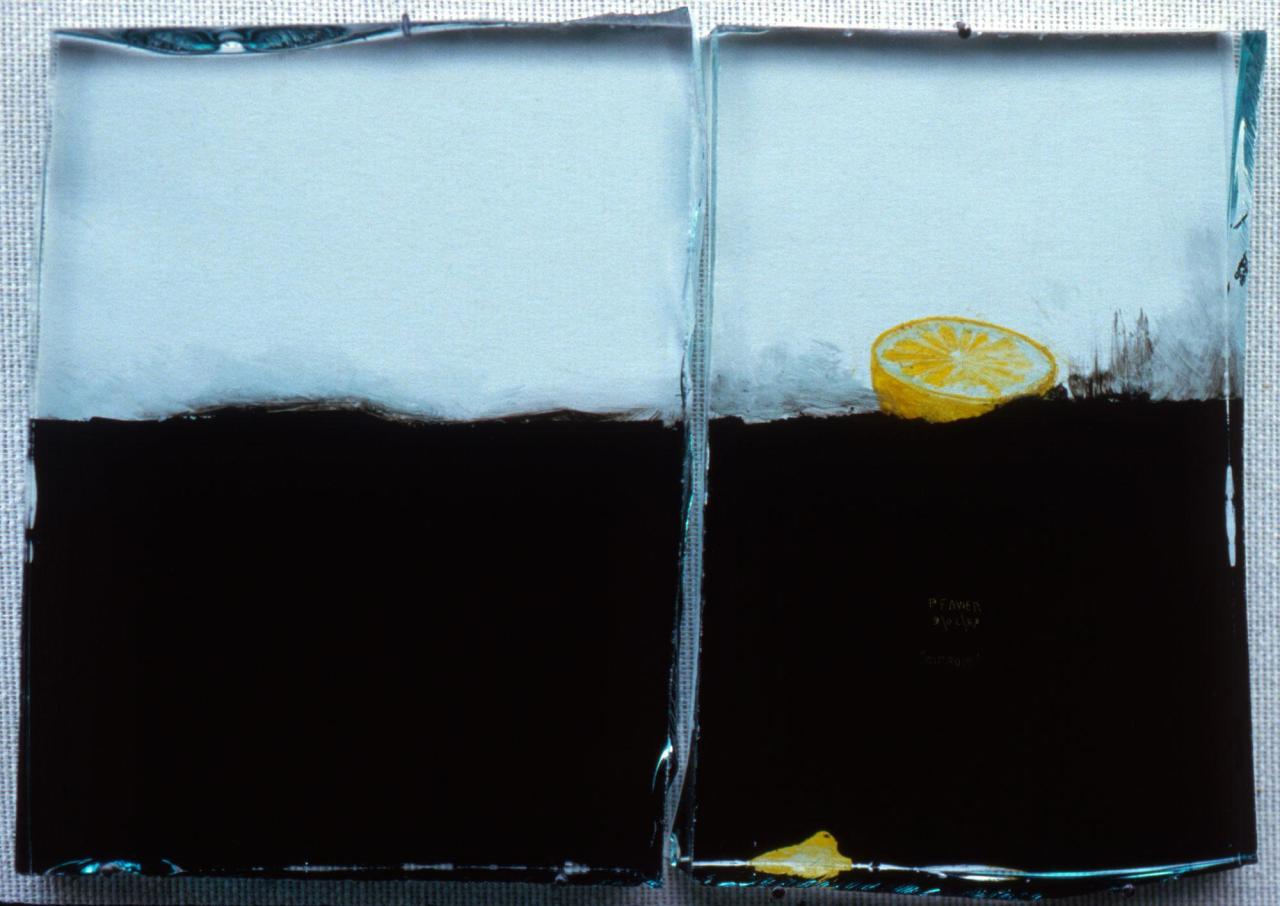Philippe Favier
Born in 1957
Lives and works in Drome, Alpes-Maritimes and Paris



“Philippe Favier appeared on the art scene in the early 1980s, and immediately stood apart from the predominant pictorial trends (graffitists, Free Figuration, Trans-Avant-Garde) because of his verve as a storyteller, his refinement and his wit. Preferring a miniature scale, thus cocking a snook at a certain grandiloquence hallmarking the art of the period, like a writer on his sheet of paper, he has been developing a world which borrows as much from ordinary scenes of daily life as from the very large repertory of art history, from macabre mediaeval dances to the exotic fairytales of the Orientalists. For a few years he adopted a very complex method of collage, before moving on to an adaptation of the technique of glass pictures. With dazzling virtuosity he then composed series in which references to Bonnard and Matisse were like so many tributes and nods—on the scale of a postcard—to great elders whom he would not prove himself unworthy of. As a lover of detail, he works in gold and silver, chisels his figures and ornaments his backgrounds with guilloche. He rediscovers the patience of illuminators, going so far as to revisit the rebellious and phantasmagorical circumvolutions of mediaeval manuscripts. Since then he has been alternating the use of media which are at times transparent, like glass, and at others opaque, like slate and board, and expressing a theme which wavers between narrative excesses and extreme restraint, verging on the next to nothing. What is striking, when you look at the work achieved during these two decades of creation, is the very great coherence of the idea, the constant attempt at renewal, and lastly, the absolutely sincerity of a rare commitment. And if his place in today’s art is being endlessly pounded by more incisive and more demonstrative forms, this oeuvre is still one of the most unusual, authentic and engaging adventures undertaken by an artist of his generation.”
Text by Guy Tosatto, 2004
Translated by Simon Pleasance, 2015
© Adagp, Paris